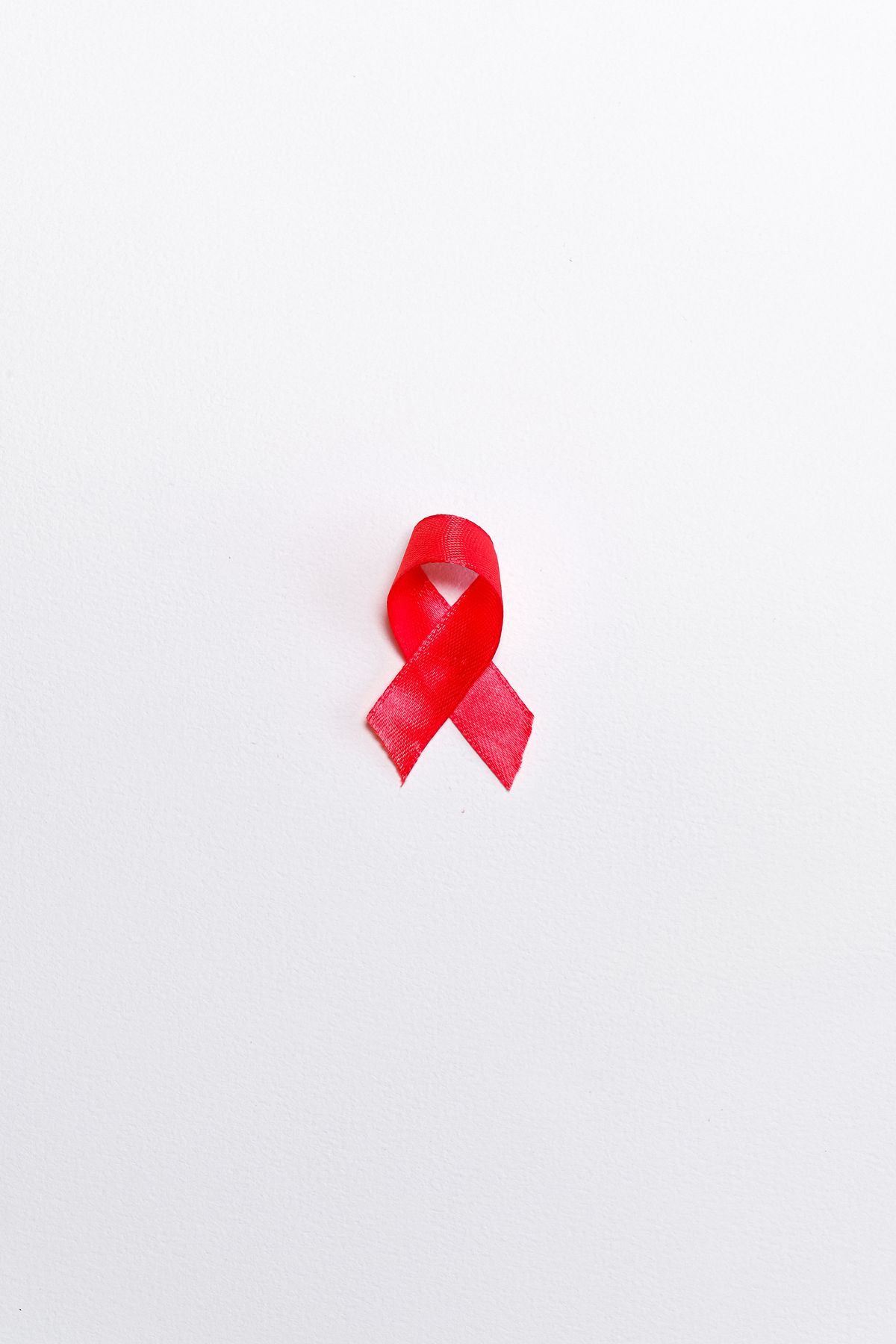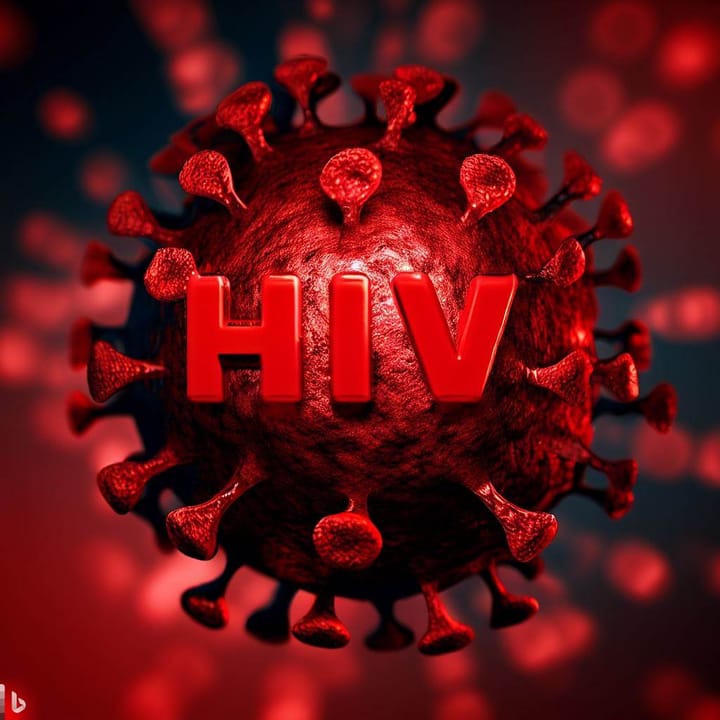The status of HIV & AIDS in 2023

HIV (Human Immunodeficiency Virus) and AIDS (Acquired Immunodeficiency Syndrome) are serious conditions that affect millions of people worldwide. In 2023, the status of HIV and AIDS is that it continues to be a major public health concern, as the number of new infections remains high, and there are still significant disparities among different population groups.
One of the most challenging aspects of HIV and AIDS is that it is a complex and multifaceted condition that requires a comprehensive approach to address. HIV is a virus that attacks the immune system, and if left untreated, it can lead to AIDS. HIV can be transmitted through unprotected sexual contact, sharing needles, and from mother to child during pregnancy, childbirth, or breastfeeding. Additionally, many people living with HIV still face stigma, discrimination and lack of access to healthcare.
Despite the challenges, there is hope for individuals living with HIV and AIDS. In recent years, there have been significant advances in our understanding of the causes and risk factors for HIV and AIDS. This knowledge has led to the development of new treatments and interventions that can help reduce symptoms and improve quality of life for those living with it.
One example of this is the use of antiretroviral therapy (ART), which has been found to be effective in slowing the progression of HIV and reducing the risk of transmission. Additionally, there has been a growing emphasis on pre-exposure prophylaxis (PrEP), which is a medication that can help prevent HIV infection in high-risk individuals.
In recent years, the field of HIV and AIDS has made progress in reducing the barriers that prevent people from getting the help they need. This includes initiatives to destigmatize the condition, make HIV and AIDS care more accessible, and increase awareness of HIV and AIDS.
In conclusion, while HIV and AIDS continue to be a major public health concern, there is hope for individuals living with these conditions. The increasing understanding of the causes and risk factors for HIV and AIDS has led to the development of new treatments and interventions that can help reduce symptoms and improve quality of life. It is important for society to continue to invest in research and support for individuals and families affected by HIV and AIDS and to destigmatize the condition, making it more accessible for people to seek help. Regular testing and early detection, as well as the use of ART and PrEP, can help prevent the spread of HIV and AIDS and improve overall health.

